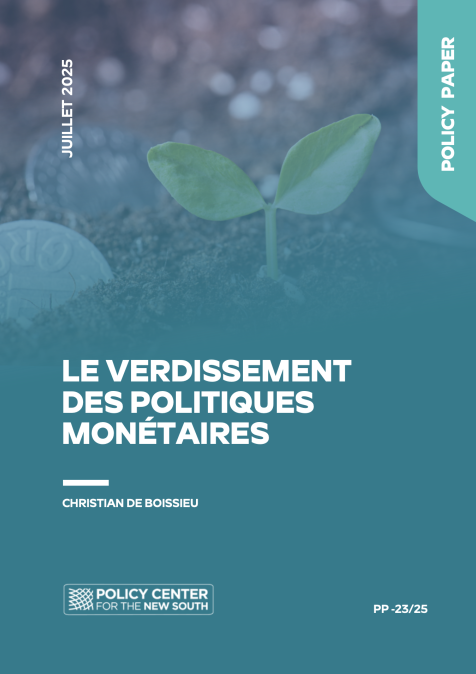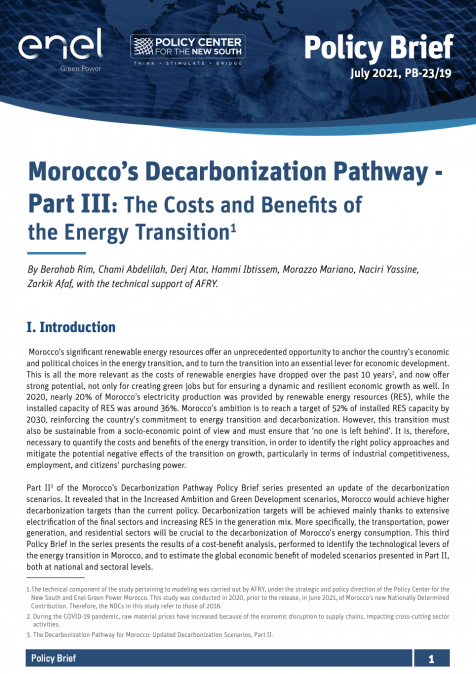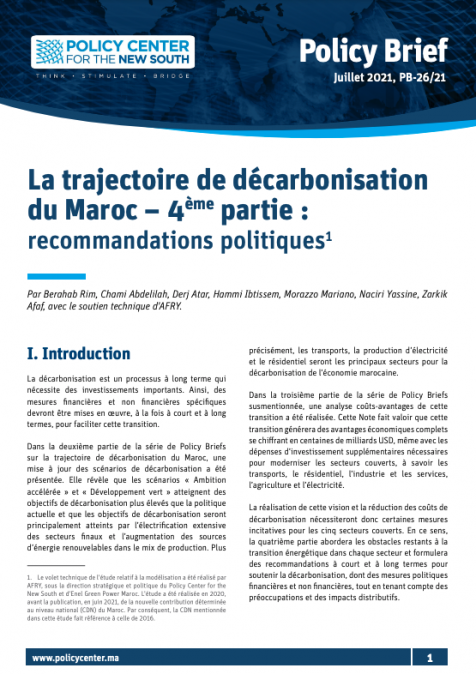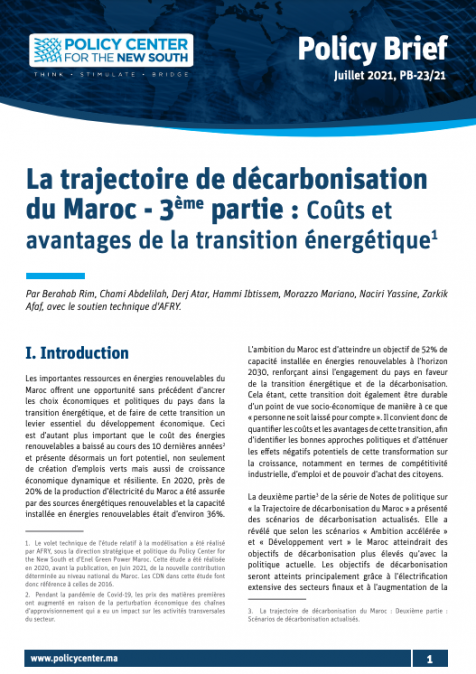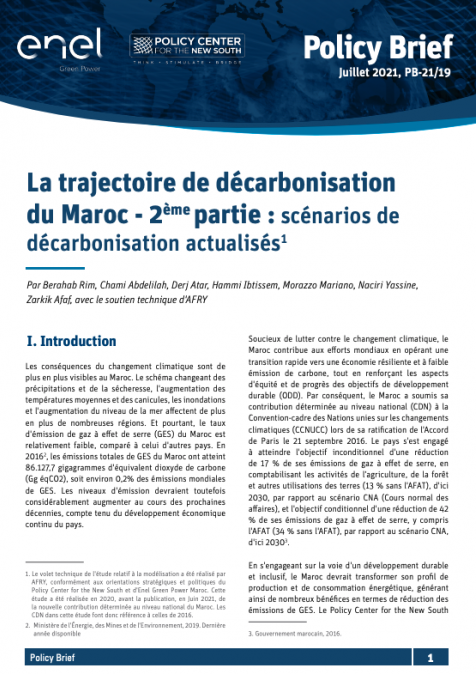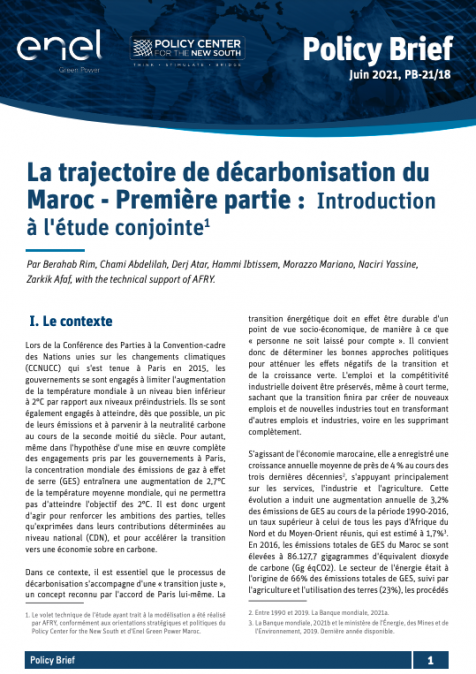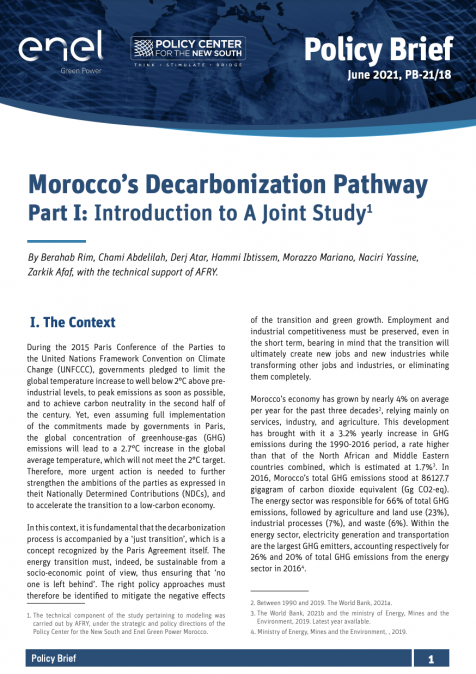Publications /
Policy Paper
Dans un contexte devenu plus incertain et plus compliqué à la suite des décisions de la nouvelle administration américaine, les impératifs de la lutte contre le changement climatique et de la transition énergétique et écologique demeurent.
Les banques centrales peuvent et doivent apporter leur contribution à cette transition, en « verdissant », dans une proportion à définir, la politique monétaire qu’elles mènent. Concrètement, cela veut dire compléter la palette des objectifs de la politique monétaire sans remettre en cause la place accordée aux objectifs prioritaires que sont la stabilité monétaire et la stabilité financière. Les modes d’intervention des banques centrales, qu’il s’agisse du refinancement des banques, d’achats fermes de titres ou des collatéraux acceptés lors d’opérations de prêts, doivent également être modifiés en conséquence.
Ce Policy Paper dresse l’état des lieux des débats et des pratiques concernant le verdissement des politiques monétaires. Les comparaisons internationales sont éclairantes, et l’Afrique ne doit pas être oubliée dans ces comparaisons. L’analyse, qui montre l’apport mais aussi les limites de ce verdissement, débouche sur plusieurs recommandations concrètes.

